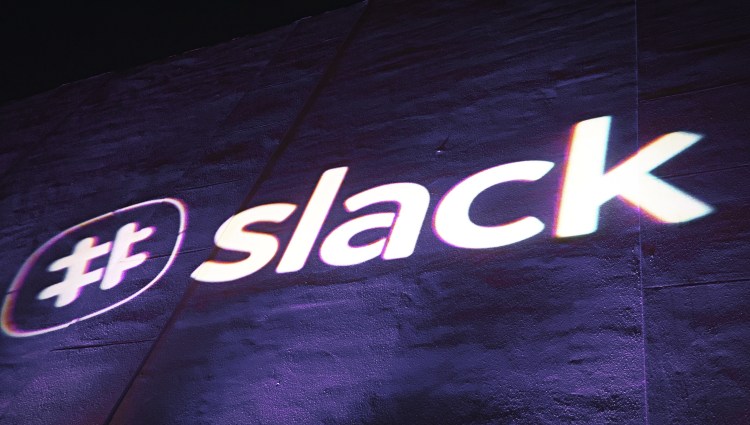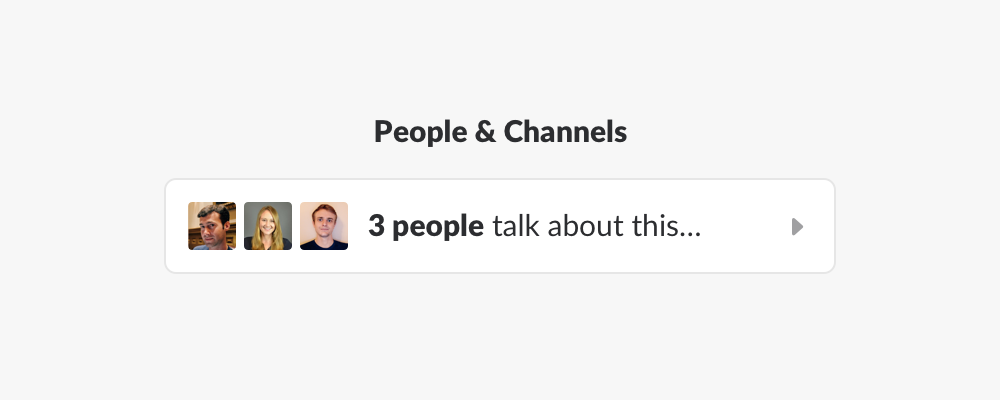Slack has launched a feature designed to elevate how you search for information in the team chat and productivity app. Instead of querying by messages, you can now look things up by people and channel, a capability developed through the company’s Search Learning & Intelligence (SLI) group.
Available for paying customers that have teams of more than 50 members, this advanced search feature provides a new way of finding information, based on knowledge that coworkers and team members may possess. Instead of looking up messages about the company’s “hiring process,” for example, you can now find colleagues who frequently discuss that topic and can even locate the public channels where it’s being mentioned.
This could come in handy when you’re interested in something topical but don’t know the exact phrase to use.
While Slack said this feature is for teams that are either on the standard, plus, or enterprise plans, it’ll also be effective for those in large companies, an area where Slack is slowly making advances. Isaiah Greene, the company’s product lead for SLI, told VentureBeat: “The idea behind the number 50 is that teams of that size will have knowledge spread widely enough for authoritative experts to exist, and for people to need help finding them — teams that are smaller will likely benefit less.”
June 5th: The AI Audit in NYC
Join us next week in NYC to engage with top executive leaders, delving into strategies for auditing AI models to ensure fairness, optimal performance, and ethical compliance across diverse organizations. Secure your attendance for this exclusive invite-only event.
Slack claimed that the more intelligent search option will only parse through public channels and will not include any bot messages. It’s also currently only available on the desktop.
This is one of a few tools that SLI plans on releasing in the near future, including prioritized reading, channel highlights, and daily briefings, all of which were previewed earlier this year. Slack declined to provide specific timelines for public release. All of these tools are aimed at reducing information overload.
“There’s a lot of information out there for you and your team to keep up with,” Greene explained. “Oftentimes, you may not know where to start searching or who you can reach out to to help move work forward. Search in Slack now shows you the people and channels most likely to be of help to your query so you can quickly get the information you need and do your best work.”
This addition helps Slack move closer to its goal of developing a work graph, something the SLI group has been tasked with. Eventually, the use of machine learning could better organize all the knowledge within a company to provide a “more personalized, intelligent version” to every team member. Greene touted that you can now “get instant answers to your questions, powered by the collective knowledge of your company.”




